Eggplants are grown in completely different ways in the north and south.
In the central regions, the crop is grown only in greenhouses, in the south - mainly in open ground. Accordingly, watering and feeding eggplants depend on the growing region.
| Content:
|
Feeding eggplants
They differ not only in the regions of growth, but also in the phase of development and in the method of growing eggplants—in open ground or in a greenhouse.
Top dressing after planting in the ground
Right after planting seedlings In a greenhouse or open ground, eggplants are fed with nitrogen fertilizers. In the first half of the growing season, they need to gain the necessary green mass, and in the second, due to nitrogen deficiency, fruits are poorly formed. However, neither phosphorus, nor potassium, nor microfertilizers should be neglected.
|
Without regular fertilization of the beds, it is difficult to grow a good eggplant crop. |
How to feed eggplants in the southern regions
In the southern regions, eggplants are most often grown in open ground, but greenhouse cultivation is also common. First feeding done 7-12 days after planting, as soon as the seedlings take root. This is evidenced by the appearance of a new leaf.
Feed with slurry or bird droppings. When feeding with manure, 1 glass of infusion is diluted in 10 liters of water and 1-1.5 liters are applied under the root. If bird droppings are used, then 0.5 cups of fertilizer are diluted in 10 liters of water, since bird droppings are very concentrated. When feeding with manure, add 200 g of ash to the prepared solution.
|
You can also feed eggplants with green fertilizer. The most suitable for feeding is an infusion of young nettle. To do this, dilute 2 glasses of herbal infusion in 10 liters of water. A glass of ash is also added to it. This is due to the fact that there is practically no potassium in grass and bird droppings (unlike manure, where it is present in sufficient quantities for eggplants). |
If there is neither manure nor green fertilizer, then they are fed with humates. The solution is prepared immediately before use; it cannot be stored. 100 ml of the drug is diluted in 10 liters of water and watered at the root.
In the absence of organic matter and humates, mineral fertilizing is done, but this is the worst option, it gives a visible effect for a very short time. For 10 liters of water take:
- 30 g urea or 10 g ammonium nitrate
- 30-40 g simple superphosphate
- 15-20 g of potassium sulfate.
All feeding of eggplants both in the greenhouse and in the open ground is carried out at the root. Plants are watered abundantly before fertilizing. If the plants were not watered before fertilizing, then water after fertilizing, but not very much, otherwise the fertilizers will be washed into the lower layers of the soil and will become inaccessible to the plants.
How to feed the little blue ones in the Non-Chernozem Zone
In the Non-Chernozem Zone, eggplants are grown only in greenhouses. And, since the summer here is short and cool compared to the southern regions, the first feeding is carried out not with organic matter, but with mineral fertilizers.
When adding organic matter before the start of fruiting, eggplants will rapidly grow, gain green mass, and the start of flowering will be delayed by 2-3 weeks, and in such a climate this is a complete loss of harvest. For a summer resident, it is important that the plant begins to bear fruit as quickly as possible.
In the north, before flowering, 2 feedings are usually carried out.
- For the first feeding of eggplant in the greenhouse, take 40 g of urea or 15 g of ammonium nitrate per 10 liters of water. Some use ammonia solution (not the best option, sold in pharmacies).
- For the second feeding, complex fertilizers with a high nitrogen content are taken: nitrophoska, nitroammofoska, Mortar, Kemira, Agricola.
|
However, in the northern regions it often happens that frail seedlings with 3-4 leaves are planted, which also grow poorly due to lack of heat. Then you have to add humates, grass fertilizer and even manure, since the eggplants will still not bloom until they have gained sufficient vegetative mass. |
But this is an exception. If the plants are strong, then it is not advisable to add organic matter before flowering.
Application of fertilizers during budding and flowering
It is carried out when buds and first flowers appear, usually 12-16 days after the last application of fertilizer. At this time, the need for potassium and phosphorus in eggplants increases greatly and the need for nitrogen remains virtually unchanged.
During this period, the bushes can be sprayed with urea, and potassium-phosphorus fertilizers can be applied at the root, but nitrogen can also be applied at the root.
|
It must be remembered that the main supply of nutrients occurs during root application; foliar feeding is auxiliary. |
In the Non-Black Earth Zone
In the northern regions To feed greenhouse eggplants, take 10 liters of water:
- 30 g urea
- 40 g simple superphosphate
- 30 g potassium sulfate
You can use complex fertilizers with a high nitrogen content
- nitrophoska
- nitroammophoska
- Azofoska
- Mortar
- Uniflor-bud, etc.
Eggplants respond very well to the addition of ash. But it is used only if fertilizers that do not contain potassium are applied, since it itself contains a lot of this element.
In the north, they do not feed with organic matter during the flowering period, especially if manure was applied in the first or second feeding.
Eggplants in the Non-Chernozem Zone bloom for a long time; the first ovaries may appear only 10-16 days after the flowers bloom.This is due to the peculiarity of the structure and growth of the flower: initially the pistil is hidden in the stamens and pollination is impossible.
The colder the weather, the slower the pistil forms. But despite this, after the start of flowering, only one fertilizing is done. Excess fertilizer has a bad effect on the crop. In addition, sunny and warm weather, rather than fertilizing, promotes the rapid development of flowers.
Southern regions
In the southern regions the situation is much simpler. Flowers here develop quickly, and the first ovaries appear already on the 5-7th day of flowering. During the period of budding and the beginning of flowering, eggplants in open ground are fed once. If manure was previously applied, then mineral fertilizers or humates can be used.
|
You should not overfeed the little blue ones with organic matter. |
It is advisable to add ash both in dry form and in infusion. For 10 liters 1 glass of ash, solution consumption 1-1.5 liters per bush. Together with the ash, they are fed with humates or herbal infusion (1 glass per bucket).
And only on poor soils during the flowering period can fertilizing be done with manure.
Feeding during the fruiting period
During fruit formation, plants continue to grow, so a lot of nitrogen is required. In addition, the need for microelements increases. During this period, it is advisable to feed eggplants with microfertilizers with a high nitrogen content:
- Agricola 3 or universal
- Uniflor Flower or Micro
- Universal boom, etc.
You can add humates and green fertilizers. In the northern regions, after eggplants enter the full fruiting phase, 1-2 feedings are done with infusion of manure with an interval of 14 days. This helps the plants not to become exhausted, but to continue to bloom and grow at the same time.
|
Don’t forget about fertilizing during fruiting |
For mineral fertilizing, take 10 liters of water:
- 40 g urea
- 20 g superphosphate
- 20 g potassium sulfate
Solution consumption per 5 m of planting.
In the south, organics and minerals are added alternately. It is impossible to feed only organic matter; eggplants also require microelements, which are not enough in manure. Feed the blue ones once every 14 days until the end of the growing season.
Fertilizing in open ground
Blue ones are grown in open ground only in the south. In rich, fertile soils, they require minimal feeding, but they are still necessary.
- First time The crop is fed 10 days after the appearance of a new leaf. Add either an infusion of manure (1 cup/10 l), or potassium humate (2 tbsp/10 l), or a herbal infusion (1 cup/10 l). It is not advisable to feed mineral water at this time.
- Second feeding carried out during the flowering period. They use either humates or an infusion of herbs with the obligatory application of phosphorus-potassium fertilizers (ash, microfertilizers).
|
Green fertilizer for eggplants |
- Third time feed during the period when fruiting begins, but not earlier than 14 days after the previous one. You can add manure in half the dose (0.5 cups/10 liters of water), humates and ash.
- Fourth feeding Eggplants are made in open ground if the summer is long and warm, the eggplants grow and bear fruit well. As a rule, this is early to mid-August. In dry weather, plants can be sprayed with urea and watered at the roots with infusion of ash or microfertilizers.
If ground eggplants continue to grow and bear fruit, then in September they can be fed with infusion of manure.
Feeding with folk remedies
In most cases, this is a completely useless activity, a waste of time and effort. Eggplants require intensive agricultural technology, especially in the north.It is strictly forbidden to feed the little blue ones with an infusion of the remains of nightshade crops (potato peelings, tomato tops, etc.).
Sleepy tea leaves does not contain substances useful for eggplants, although it slightly loosens the soil.
Some use water from aquariums as a top dressing, citing the fact that waste products of fish and aquatic plants have a beneficial effect on the growth of eggplants. But, in most cases, the content of substances there is so small that it does not have a significant impact on the development of culture. In any case, no matter how many substances it contains, aquarium water is only an addition to the main feeding.
|
Brewer's and feed yeast are useless, since they contain many vitamins, protein, fats, sugars and are very useful for farm animals. But they do not contain any nutrients for plants. In addition, soil and plant roots are an unfavorable habitat for these yeasts, so they quickly die. |
Those who keep bird houses often use bird droppings. This is, indeed, a top dressing, but it is very concentrated, so they take it 2 times less than manure.
Using a pharmacy ammonia does not give results, since it evaporates very quickly and, after application, it is immediately incorporated into the soil, which is not always possible.
|
Iodine improves flower set and can be used in very small doses (1-2 drops/10 l of water) during the period of mass flowering. Apply it once. |
Watering
The watering regime for eggplants greatly depends on the region and method of cultivation (ground or greenhouse).
How to water greenhouse eggplants
In the north Eggplants in greenhouses are watered infrequently. It is not so hot here, and the days are often cloudy.And although in the greenhouse it is always 5-7°C higher than outside, the nights are cool. Little blue ones can withstand short-term lack of moisture in the soil without any problems: in sunny weather no more than 2 days, in cloudy weather - up to 5 days.
But overwatering is detrimental to them. The plants themselves tolerate slight waterlogging well, but in the greenhouse the humidity rises sharply and immediately appears white rot. And this, in most cases, is fatal for greenhouse eggplants.
|
Waterlogged soil promotes the appearance of white rot |
Before flowering, plants require more moisture than in subsequent periods.
Therefore, after planting the seedlings, the crop is watered once every 2-3 days or as the soil dries out. If the eggplants in the greenhouse have wilted, then water them with a large amount of water, since at a young age the roots die off in the absence of moisture. After watering, the greenhouse must be ventilated for at least 2 hours.
Once flowering begins, plants become much more resistant to drought. They practically do not fade even in the absence of watering for 2-3 days, but this delays the development of flowers. Therefore, water the little blue ones in the greenhouse as the soil dries: in sunny weather once every 2-3 days, in cloudy weather once every 4-5 days.
If the weather is cloudy and cold, then watering is done once a week. After each watering, the greenhouse must be ventilated; if at night the temperature is not lower than 14°C, then at least 1 window is left open at night. Irrigation water should be at least 20°C. The watering rate per plant is 1.5-2 liters.
In the southern regions
On South Eggplants, on the contrary, suffer from drought and tolerate waterlogging well. Before flowering, the blue ones are watered every other day in hot sunny weather. The water consumption rate is 2 liters per plant. In cloudy but warm weather, they also water every other day, but the rate is reduced to 1 liter per bush.Greenhouses are always kept open, and if the nights are warm (above 18°C), then they are left overnight. If the nights are cold, then only the windows are left.
|
It is necessary to ensure that there is no excessive waterlogging of the soil, since even in the south, blueberries suffer greatly from root rot, the occurrence of which is precisely promoted by high soil moisture. |
After flowering begins, greenhouse eggplants are watered every other day in hot weather, increasing the watering rate to 2.5 liters. If the weather is warm (20-23°C), then water it after 2-3 days, spending up to 2 liters of water per bush.
In damp weather and temperatures of 20-23°C, water once every 3-4 days, reducing the rate to 1 liter per bush.
Watering ground eggplants
Eggplants are grown in open ground only in the south. Watering is carried out depending on soil moisture and temperature.
In warm and dry springs, water the blue ones once every 3-4 days; in rainy springs, as the soil dries. If plants are grown without shelter, then if the soil moisture is high, they are not watered at all; if under cover, then once every 4-7 days.
In spring there is enough moisture in the soil and the crop should not be over-watered.
In the summer heat, eggplants in open ground are watered daily or every other day. Drying out the soil has a bad effect on fruiting. Summer showers, as a rule, wet the soil shallowly; the moisture does not reach the root zone and quickly evaporates from the surface.
Therefore, during heavy rains, despite the apparent abundance of moisture, the little blue ones suffer from drought. To check whether watering is needed or not, stick a stick into the soil to a depth of 20 cm. If it is dry, water the eggplants at the rate of 1.5-2 liters per plant.
|
Drip irrigation of beds |
If the soil is mulched, the moisture is retained longer, and watering is carried out once every 4-5 days.In autumn, in warm weather, eggplants are watered once every 3-4 days, in cold weather (below 20-22°C) once every 5 days. If it is cloudy outside, the water does not evaporate as quickly, so water it once every 4-5 days.
In the south, eggplants tend to suffer from drought, so frequent, moderate watering is necessary. To make care easier, many plant them on hydrogel (then, even in the hottest weather, they need to be watered once every 5-7 days), or use drip irrigation.
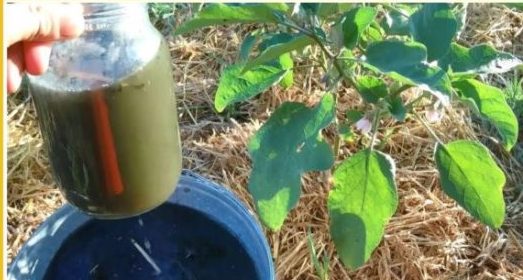
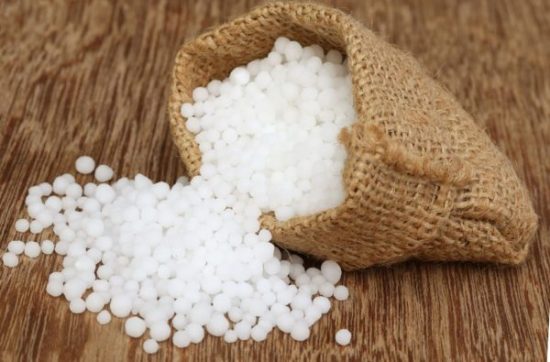
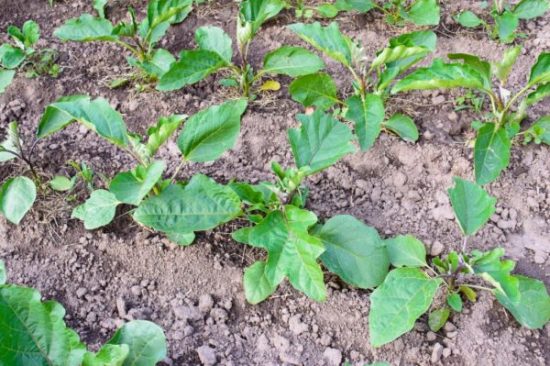
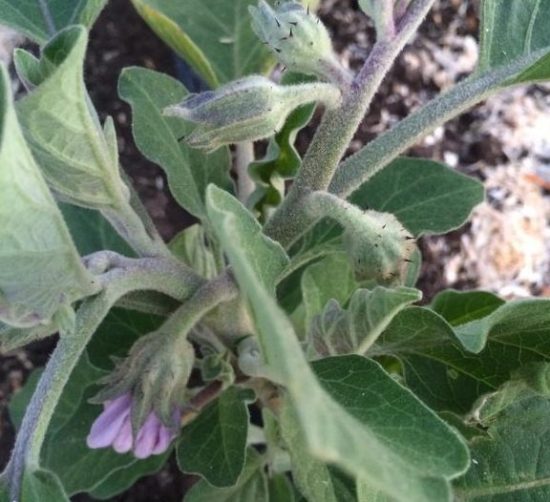
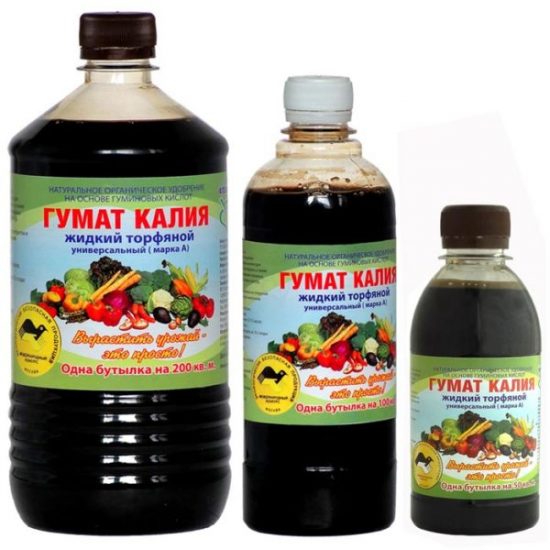
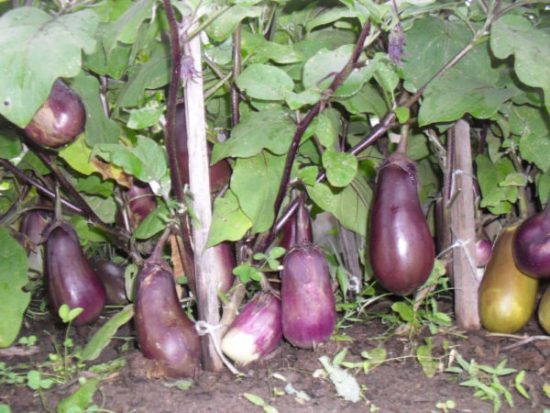
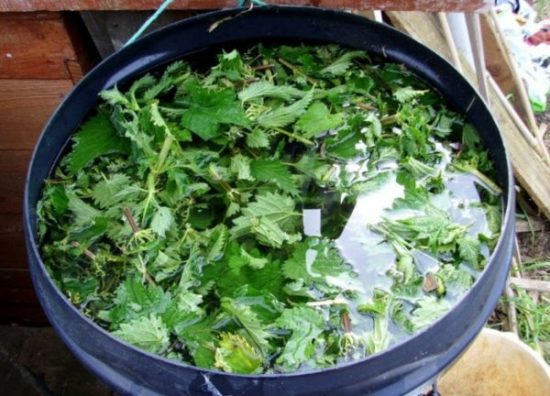
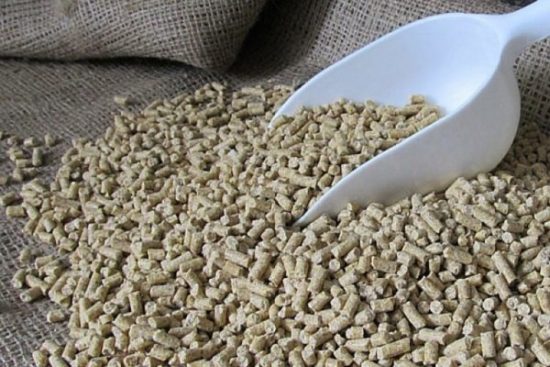

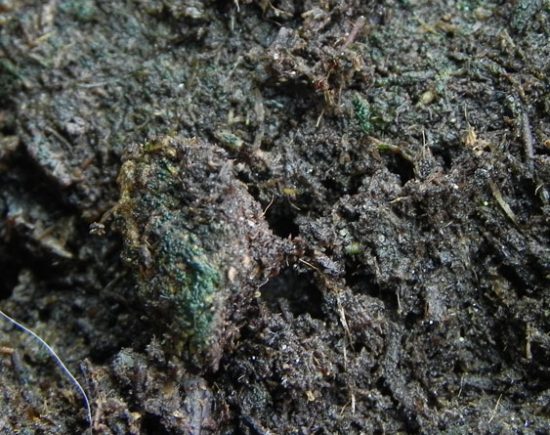
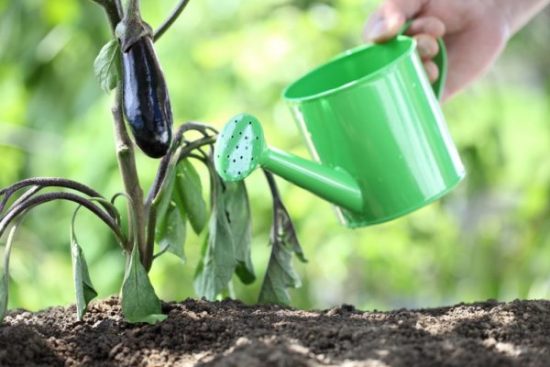
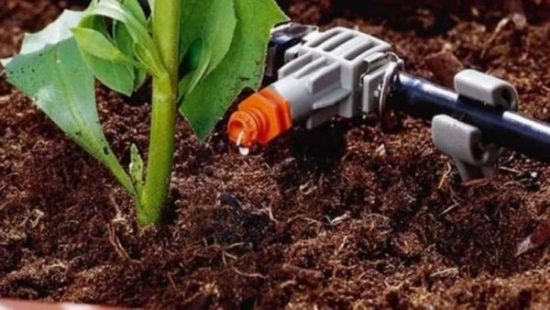

 (4 ratings, average: 4,00 out of 5)
(4 ratings, average: 4,00 out of 5) CUCUMBERS NEVER GET SICK, I'VE BEEN USING ONLY THIS FOR 40 YEARS! I SHARE A SECRET WITH YOU, CUCUMBERS ARE LIKE THE PICTURE!
CUCUMBERS NEVER GET SICK, I'VE BEEN USING ONLY THIS FOR 40 YEARS! I SHARE A SECRET WITH YOU, CUCUMBERS ARE LIKE THE PICTURE! You can dig a bucket of potatoes from each bush. Do you think these are fairy tales? Watch the video
You can dig a bucket of potatoes from each bush. Do you think these are fairy tales? Watch the video
 How our fellow gardeners work in Korea. There is a lot to learn and just fun to watch.
How our fellow gardeners work in Korea. There is a lot to learn and just fun to watch. Eye trainer. The author claims that with daily viewing, vision is restored. They don't charge money for views.
Eye trainer. The author claims that with daily viewing, vision is restored. They don't charge money for views. A 3-ingredient cake recipe in 30 minutes is better than Napoleon. Simple and very tasty.
A 3-ingredient cake recipe in 30 minutes is better than Napoleon. Simple and very tasty. Therapeutic exercises for cervical osteochondrosis. A complete set of exercises.
Therapeutic exercises for cervical osteochondrosis. A complete set of exercises. Which indoor plants match your zodiac sign?
Which indoor plants match your zodiac sign? What about them? Excursion to German dachas.
What about them? Excursion to German dachas.